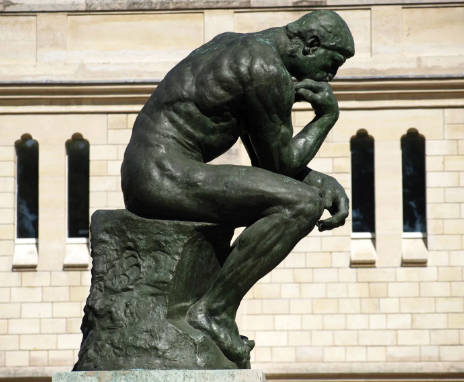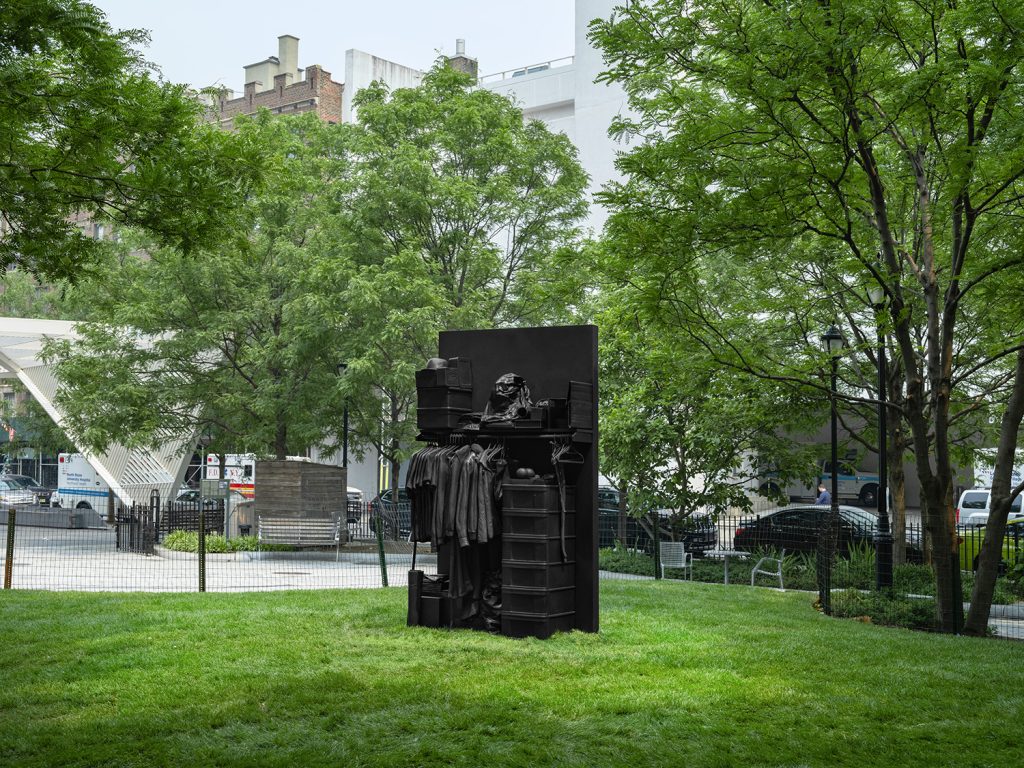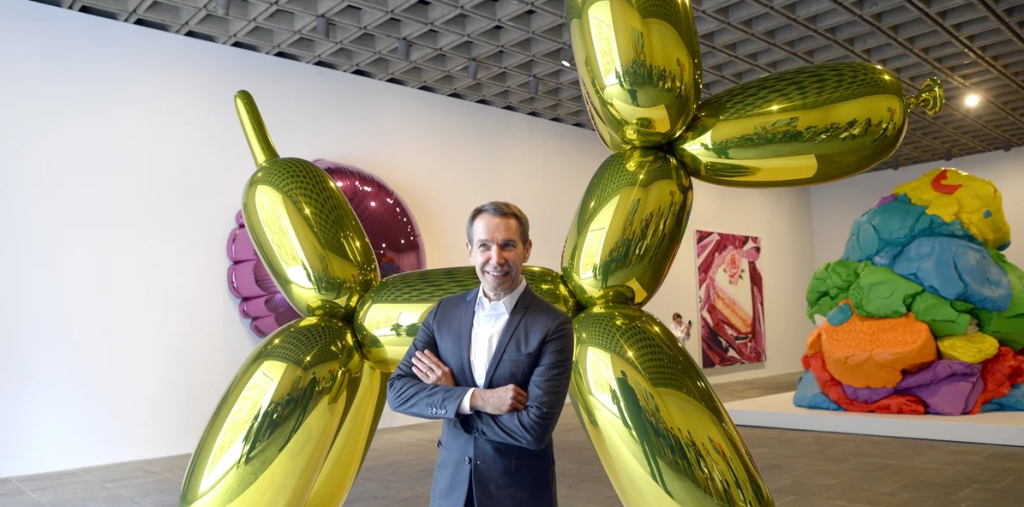The Eternal Emotions: Exploring Rodin’s Captivating Sculptures
In the world of sculpture, few names resonate as profoundly as that of Auguste Rodin. Celebrated for his ability to capture raw human emotion and experience, Rodin’s work transcends time, inviting viewers to engage with deep feelings of love, despair, and contemplation. His pieces remain relevant today, offering insight into the complexities of the human condition.
The Power of Emotion in Sculpture
Rodin’s sculptures are renowned for their ability to evoke a wide array of emotions. Unlike typical classical sculptures that often depict idealized forms, Rodin embraced the imperfections of humanity, allowing his subjects to resonate more deeply with viewers. For instance, “The Thinker” is a powerful representation of contemplation and introspection. Its dynamic posture and expressive features convey a sense of struggle, prompting viewers to reflect on their own thoughts and dilemmas. This emotional depth makes Rodin’s work timeless and impactful, serving as a bridge between art and human experience.
Innovative Techniques and Processes
Rodin was an innovator in the field of sculpture, pushing boundaries with both his techniques and materials. He often used a method called “direct carving,” allowing the stone or clay to guide his artistic expression. This process enabled him to create uniquely textured surfaces that enhanced the emotional quality of his work. Additionally, Rodin frequently employed a technique known as assemblage, where he would combine various pieces of stone and materials to create seamless forms that embody movement and life. His innovative approach not only captivated his contemporaries but also laid the groundwork for future generations of sculptors, influencing how sculpture is perceived and created.
The Legacy of Rodin in Contemporary Art
Rodin’s influence can be seen across various artistic movements, from Impressionism to Modernism. Many contemporary artists draw inspiration from his celebration of emotion and the human form. For example, the expressive, sometimes chaotic forms of abstract sculptures often echo Rodin’s ethos of capturing the essence of being human. Museums worldwide house collections of his work, ensuring that each new generation can appreciate his contributions. Exhibitions frequently showcase not just his finished pieces but also his sketches and preparatory works, offering a captivating glimpse into his creative process. This ongoing dialogue between Rodin’s art and contemporary perspectives continues to inspire discussions about emotion and expression in modern society.
In conclusion, Auguste Rodin’s sculptures remain a powerful exploration of human emotion, blending innovative techniques with profound sentiment. His ability to capture the intricacies of human feelings continues to resonate with audiences today. Whether you are an art enthusiast or simply curious about the emotional depths of Rodin’s work, consider visiting a museum or exploring further into his life and creations. Each piece tells a story that is both personal and universal, inviting a deeper appreciation of the human experience.


